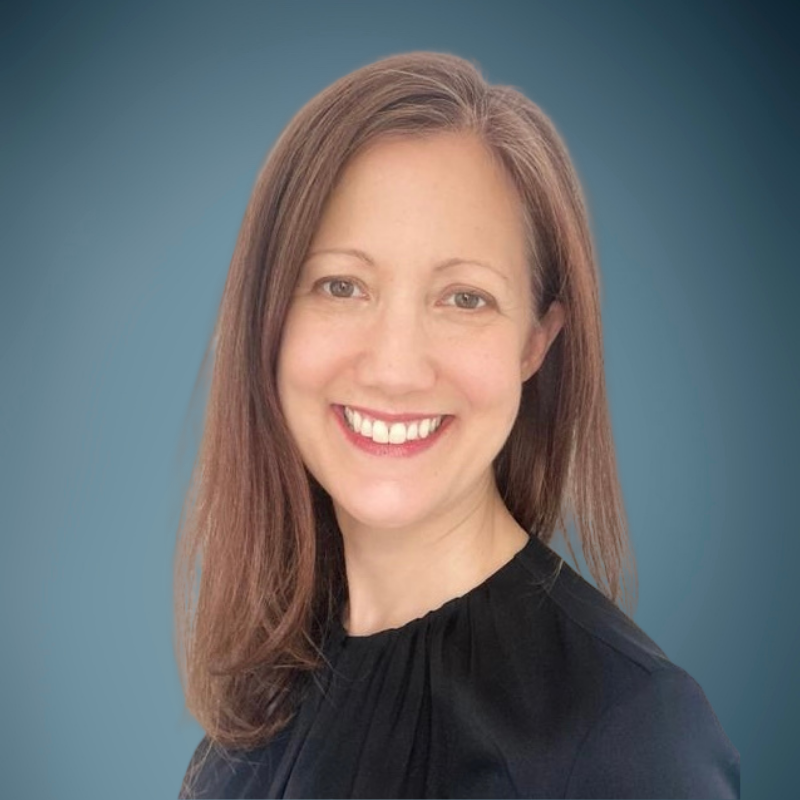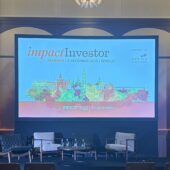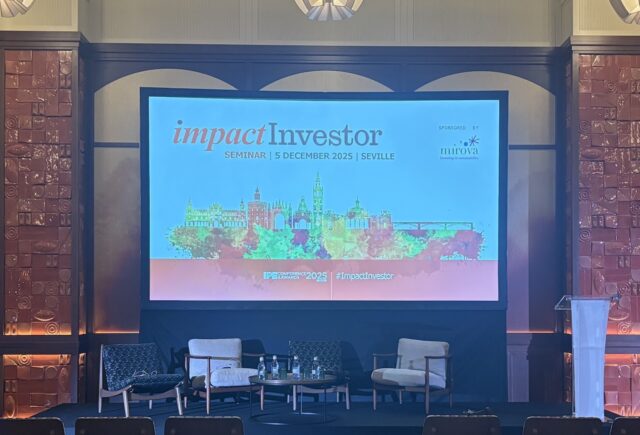Fund IV has received backing from a range of institutional investors, DFIs and philanthropies. It will invest in rapidly scaling financial services and healthcare businesses in global growth markets in Africa and Asia.

LeapFrog Investments (LeapFrog) has announced that its Emerging Consumer Fund IV (Fund IV), which is targeting $1bn (€950m), will close to investors in February.
LeapFrog, which is a global impact investor with offices in London, Singapore, Sydney and Johannesburg, would not disclose how much it had raised so far, but said it had attracted a range of investors to Fund IV.
The investors include Singapore-based investment company Temasek, which in 2021 committed $500m to LeapFrog and its emerging consumer funds; Asian life insurer AIA; global insurance investor Prudential Financial, which has made a new commitment to Fund IV bringing its historic investments in LeapFrog since 2016 to more than $500m; and healthcare investor Eli Lilly and Company.
“There has never been a more exciting time to raise a new impact fund,” said Andy Kuper, LeapFrog chief executive officer and founder. “The world’s four billion emerging consumers are rising in incomes and prosperity, and we need to make sure that growth is sustained, inclusive and green,” he added.
Other long-standing investors in LeapFrog include the International Finance Corporation, the private sector arm of the World Bank Group, and the European Investment Bank, which have committed $50m and $60m respectively to Fund IV. Global asset managers, including Van Lanschot Kempen, and endowments and philanthropies, including the Ford Foundation, have also invested in the fund.
59% revenue growth
The Article 9 fund is a growth equity fund, which, like its predecessors Funds I,II and III, will invest in rapidly scaling financial services and healthcare businesses in global growth markets in Africa and Asia. It has already completed three impact investments, which LeapFrog said had achieved average revenue growth of 59% over the past year.
These investments include Redcliffe Labs, an Indian mobile diagnostics chain, which aims to reach 500 million Indians with low-cost medical tests in the next five years through its network of more than 80 laboratories and 2000 medical sample collection centres across the country; Sun King, the world’s largest off-grid solar energy company, which LeapFrog said had cumulatively reached 106 million people with clean energy solutions offsetting 44 million tonnes of CO2, and most recently; Bolttech, an insurance technology company that LeapFrog said had grown quickly to become one of the world’s largest insurance exchanges, currently quoting $50bn worth of annualised premiums, including low-cost embedded protection plans for emerging consumers.
LeapFrog said that Fund IV would seek to take control-oriented significant minority or majority stakes in 18 to 20 opportunities overall once fully invested, and that it would close the fund on 29 February 2024.
‘Trillion-dollar opportunities’
In response to questions from Impact Investor about the fund’s investment thesis, Daniel Stacey, global head of external affairs, explained that since its launch in 2007, the company (and its funds), had focused on what he called “the key springboards and safety nets that help low-income consumers build better lives”. While financial inclusion has been a key focus since LeapFrog’s inception, healthcare was added six years ago.
“Financial tools like insurance, mobile payments, and micro credit are catalytic in helping low-income households rise into prosperity,” Stacey said. “Healthcare is likewise an essential service that helps emerging consumers build the resilience to grow wealth and opportunity for their families.”
Looking ahead, he said the company saw an expanding universe of opportunity in both sectors.
“The incredible penetration of smartphones across low-income populations, combined with falling data prices, has helped to slash costs and accelerate growth across digital financial services in our key markets,” Stacey said.
Healthcare has “gained urgency in recent years across the developing world, as an epidemic of lifestyle-related diseases leads to revolutions in consumer healthcare and preventative medicine, all accelerated by improvements in digital distribution and AI-backed treatment models,” Stacey added. He highlighted that these were trillion-dollar opportunities, and that the company saw opportunities for growth extending across many decades.
According to LeapFrog, the portfolio companies it invests in through its four funds now reach 492 million people, equal to more than 6% of the world’s population, and generate an average 24% annual revenue growth rate.
Impact measurement

Asked about Fund IV’s impact measurement methodology, Julie Wallace, head of impact at LeapFrog, said the company sought to measure purpose as rigorously as profit, and would report on the fund’s financial and social performance quarterly.
Wallace explained that LeapFrog used a proprietary framework called FIIRM, or Financial, Impact, Innovation, and Risk Management, which incorporated financial and operational KPIs and governance indices to drive and benchmark performance within its portfolio.
“There are typically two main impact dimensions to an investment that Leapfrog assesses, the number of emerging consumers served and the quality, relevance, and affordability of the products or services provided, in addition to managing ESG risks,” Wallace said.






